
Car Toggle Switch: What is it? How does it Work?
Car Toggle Switch: What is it? How does it Work?
A car toggle switch is a small but significant component in the world of automotive electronics. It serves as a straightforward way to control electrical systems, offering reliability and ease of use. Whether you’re outfitting your car with extra lights, upgrading existing circuits, or tackling a custom build, understanding toggle switches can make your projects smoother and more effective. This article provides a complete guide to car toggle switches, covering their functions, types, and why they stand out in automotive applications.
What Does a Toggle Switch Do on a Car?
In simple terms, a toggle switch acts as an electrical gatekeeper in a car. By flipping its lever, you can control the flow of electricity to specific devices or circuits. It can turn on auxiliary lighting, power up a fan, or manage a more complex system like a winch or motorized accessory.
Toggle switches are particularly useful for circuits that need clear and quick manual control. Their on/off nature ensures that you know the exact status of the connected device at a glance. They also allow for easy integration into dashboards or panels without taking up much space.
Car enthusiasts often prefer toggle switches for modifications because they are reliable, affordable, and easy to install. They offer immediate functionality and reduce the risk of accidental activation compared to other types of switches.
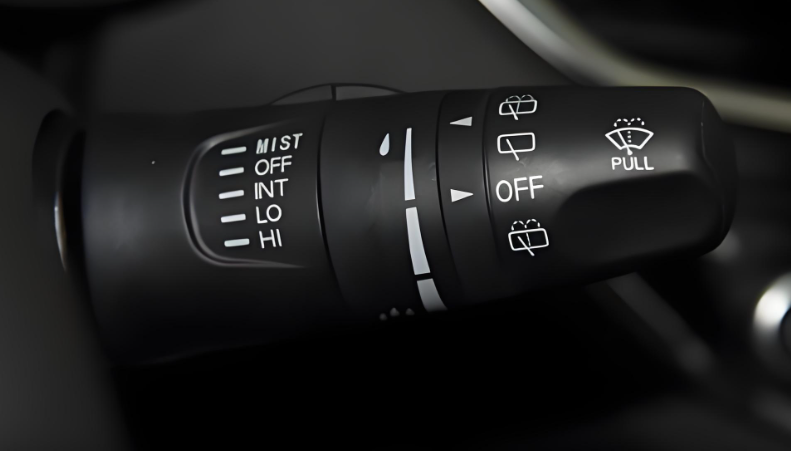
What Does a Toggle Switch Look Like?
A toggle switch has a distinctive appearance, making it easy to identify among other types of switches. It typically features:
- A Lever or Handle: The most noticeable part of the switch, designed for flipping up, down, or sideways. The lever is usually made of metal or durable plastic.
- Compact Body: The switch body is small and cylindrical, housing the internal contacts and wiring terminals.
- Indicator Lights: Some toggle switches come with built-in LEDs to indicate their status, providing visual confirmation of the circuit’s state.
The design focuses on functionality and durability, ensuring they withstand the vibrations and demands of automotive environments. They can be found in various sizes and styles to suit different applications and aesthetic preferences.
What Is the Purpose of a Toggle Switch?
The purpose of a toggle switch in a car is to control electrical circuits with simplicity and precision. Toggle switches are designed for both basic and advanced applications. They’re often used for:
Lighting Systems: Managing headlights, fog lights, or additional auxiliary lights.
Accessory Control: Operating fans, pumps, or motorized systems like winches.
Custom Modifications: Allowing enthusiasts to add unique features like underglow lighting or custom horns.
Their clear on/off functionality makes them ideal for automotive use, where quick and reliable operation is essential.
What Are the Three Types of Toggle Switches?
Toggle switches come in various configurations, allowing for different levels of control. Here’s an overview of the three most common types:
- Single Pole Single Throw (SPST):
This is the simplest type of toggle switch. It operates a single circuit with an on/off function. SPST switches are commonly used for straightforward tasks like turning lights or fans on and off.

- Single Pole Double Throw (SPDT):
SPDT switches provide more versatility by allowing you to switch between two circuits. They’re suitable for systems that need to toggle between two devices, such as switching between high and low beams in a custom lighting setup.
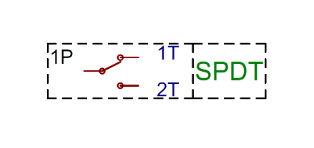
- Double Pole Double Throw (DPDT):
These switches can control two separate circuits simultaneously, offering complex functionality. DPDT switches are often used in advanced automotive systems where multiple devices need coordinated control.
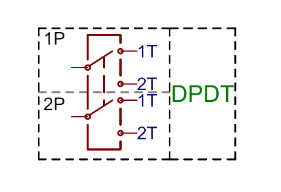
Each type of toggle switch has its unique advantages, ensuring compatibility with a wide range of automotive applications.
What Is the Difference Between a Toggle Switch and a Normal Switch?
The key difference between a toggle switch and a normal switch lies in their design and functionality:
Ergonomics: Toggle switches feature a lever that provides tactile feedback, making them easy to use even in challenging driving conditions.
Durability: Toggle switches are built to endure harsh environments, including vibrations and temperature changes.
Versatility: Toggle switches offer multiple configurations (SPST, SPDT, DPDT), while normal switches may have limited options.
Normal switches, such as push-button or rocker switches, may have a sleeker design but lack the practical benefits of toggle switches for automotive use.
How to Tell if a Toggle Switch Is Bad?
A faulty toggle switch can lead to malfunctions in your car’s electrical system. Identifying a bad switch early can save time and prevent further damage. Here’s how to check:
Device Response: If the connected device fails to turn on or off, the switch may be defective.
Physical Inspection: Look for visible signs of wear, such as a loose or stuck lever, cracks, or burnt components.
Multimeter Test: Use a multimeter to check for continuity. If the switch fails the test, it needs replacement.
Regular maintenance and prompt replacement of faulty switches ensure optimal performance.
Which Is Better, a Toggle or a Rocker Switch?
Choosing between a toggle and a rocker switch depends on your specific needs:
Toggle Switch Advantages:
- Easy to install and operate.
- Durable in harsh conditions.
- Compact design suitable for tight spaces.
- Clear on/off indication.
Rocker Switch Advantages:
- Modern appearance.
- Wider surface area for activation.
- Often includes backlighting for enhanced visibility.
For most automotive applications, toggle switches are preferred for their straightforward operation and reliability. However, rocker switches might be better for designs that prioritize aesthetics.
Can You Replace a Rocker Switch with a Toggle?
Yes, replacing a rocker switch with a toggle switch is feasible. However, there are some considerations:
1. Size Compatibility: Ensure the toggle switch fits into the existing mounting hole.
2. Electrical Matching: The toggle switch must handle the same voltage and current as the rocker switch.
3. Wiring Adjustments: Some rewiring may be necessary to match the terminal configuration of the toggle switch.
Replacing a rocker switch with a toggle can provide a functional upgrade while maintaining or improving the system’s reliability.
Benefits of Using Toggle Switches in Cars
Toggle switches offer several advantages in automotive applications:
- Ease of Use: Their intuitive design makes them simple to operate, even while driving.
- Durability: Built to withstand vibration and extreme temperatures, they provide long-lasting performance.
- Customizability: Available in various configurations and styles, they suit different needs and preferences.
- Cost-Effective: Toggle switches are affordable yet highly functional, making them a smart choice for DIY projects and professional installations.
Common Applications of Toggle Switches in Cars
- Off-Road Vehicles: Controlling auxiliary lights, air compressors, or winches.
- Custom Builds: Adding unique features like underglow or performance monitoring systems.
- Classic Cars: Upgrading or replacing outdated switches with modern toggle designs.
- Racing Cars: Managing systems like nitrous oxide or fuel pumps for precise control.
- Their versatility and reliability make toggle switches a favorite among car enthusiasts and professionals.
Tips for Maintaining Toggle Switches
To ensure toggle switches last long and function properly:
- Keep Them Clean: Dust and dirt can affect their operation. Regular cleaning helps maintain performance.
- Check Connections: Loose wiring can lead to malfunctions. Periodically inspect and secure connections.
- Avoid Overloading: Ensure the switch is rated for the electrical load it controls to prevent damage.
If you have any other questions about toggle switches or membrane switches, you can contact us, we are happy to help you.
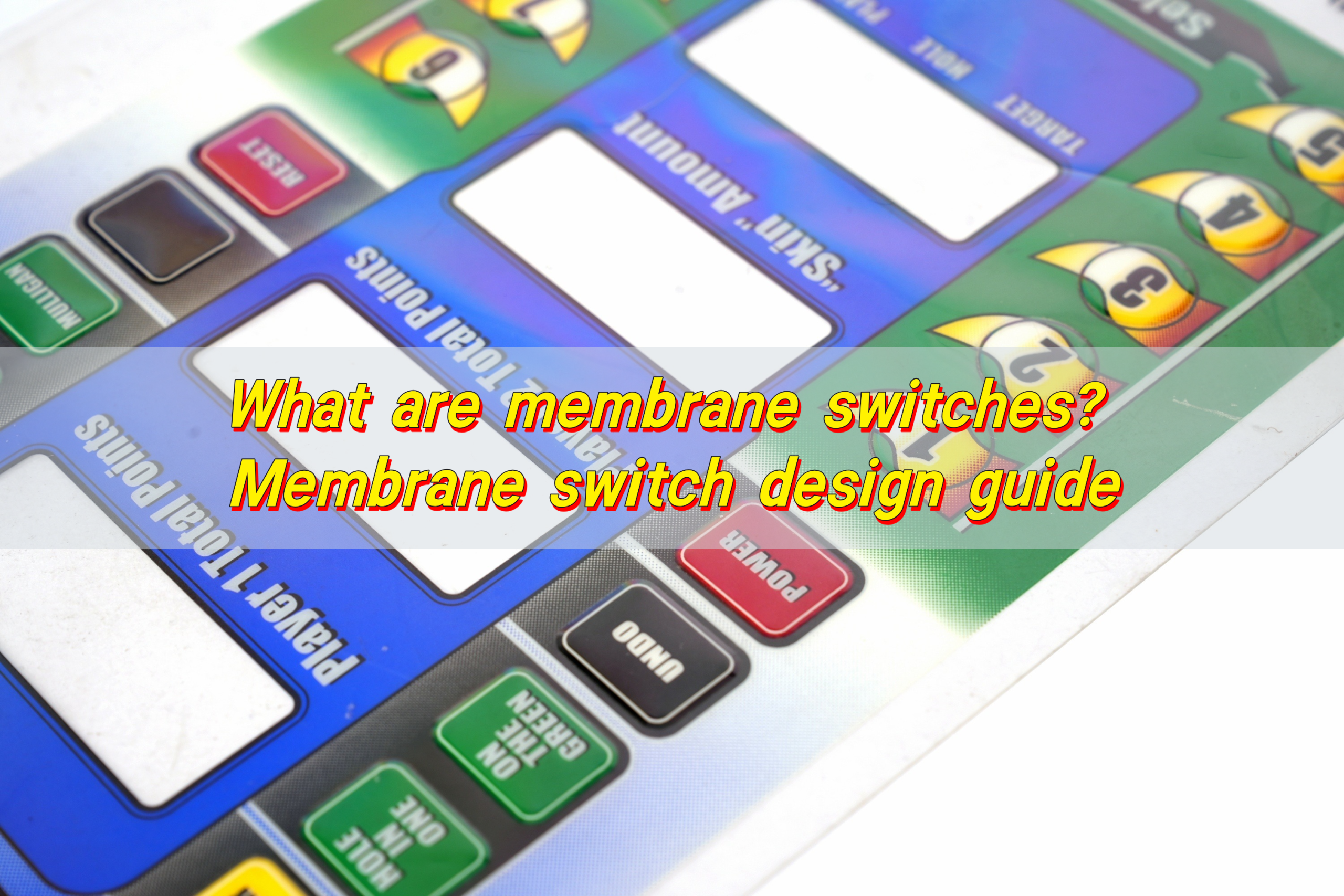
What are membrane switches? Membrane switch design guide
Membrane switches are thin, flexible interfaces that activate a circuit when pressed. Built from multiple flat layers, they offer a clean look, strong durability, and precise control. Commonly used in medical devices, industrial panels, and consumer electronics, they’re known for being reliable, customizable, and space-saving. What is membrane switch design? Membrane switch design is the ...
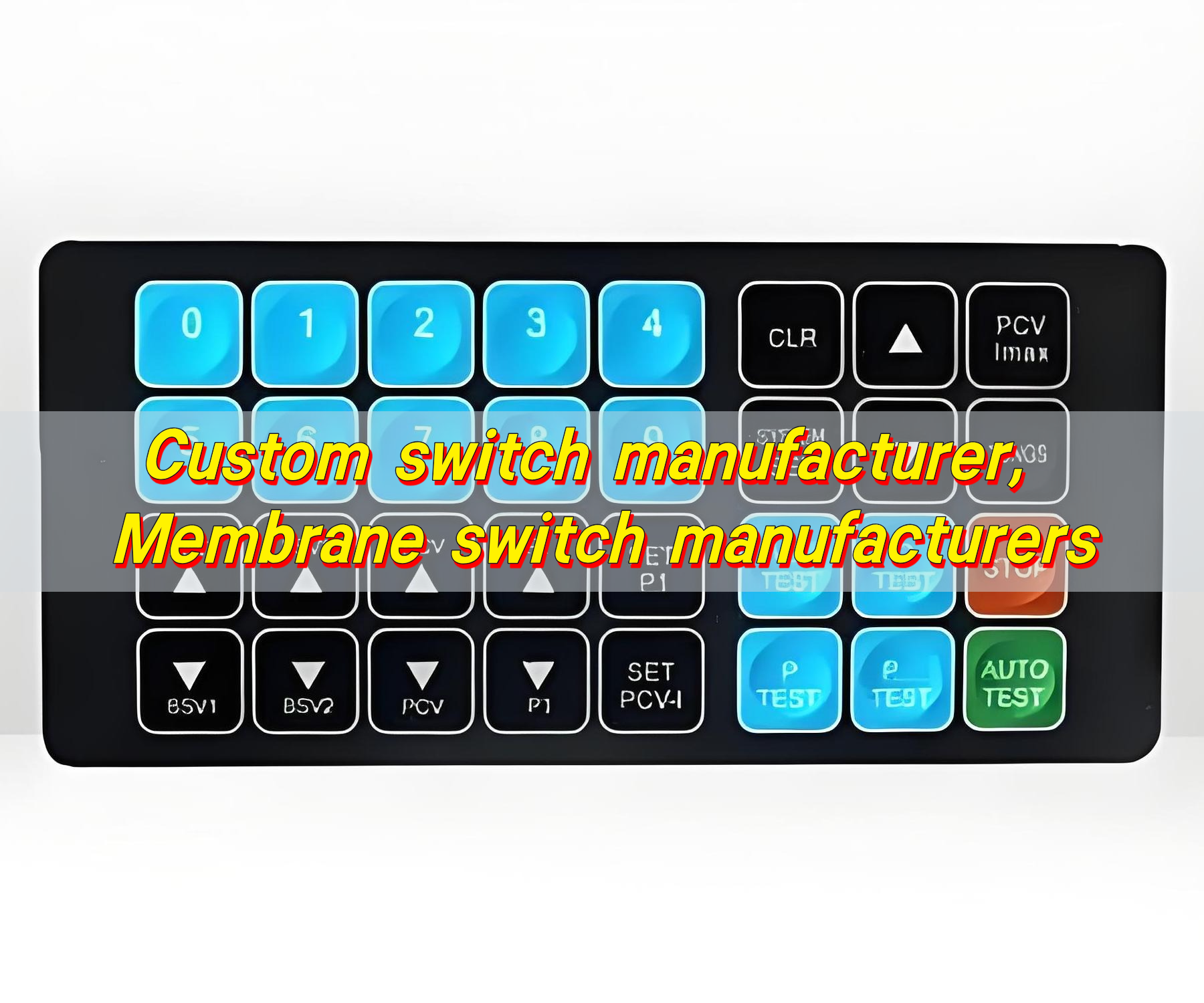
Custom Switch Manufacturer, Membrane Switch Manufacturers
A trusted custom switch manufacturer delivers tailored membrane switches that match your product’s design, feel, and function. Whether it’s for medical, industrial, or consumer use, Yu An Electronics turn your ideas into durable, user-friendly solutions. What is a custom membrane switch? Custom membrane switch is a pressure-sensitive keypad made specifically for your product. Unlike standard ...
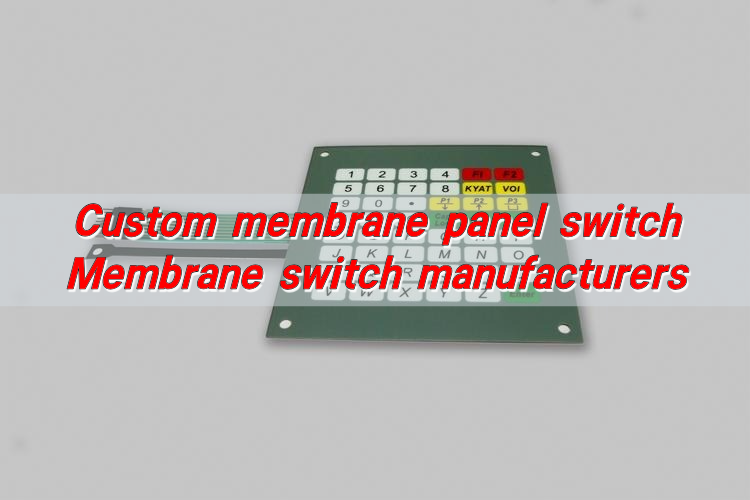
Custom Membrane Panel Switch, Membrane Switch Manufacturers
What is a switch panel? Switch panel is the control surface that allows someone to press, tap, or hold a button to activate a function. In older systems, this might have been a row of plastic buttons or toggles. But today, membrane switch panels have taken the lead. Unlike bulky mechanical panels, a membrane panel ...
Contact us online